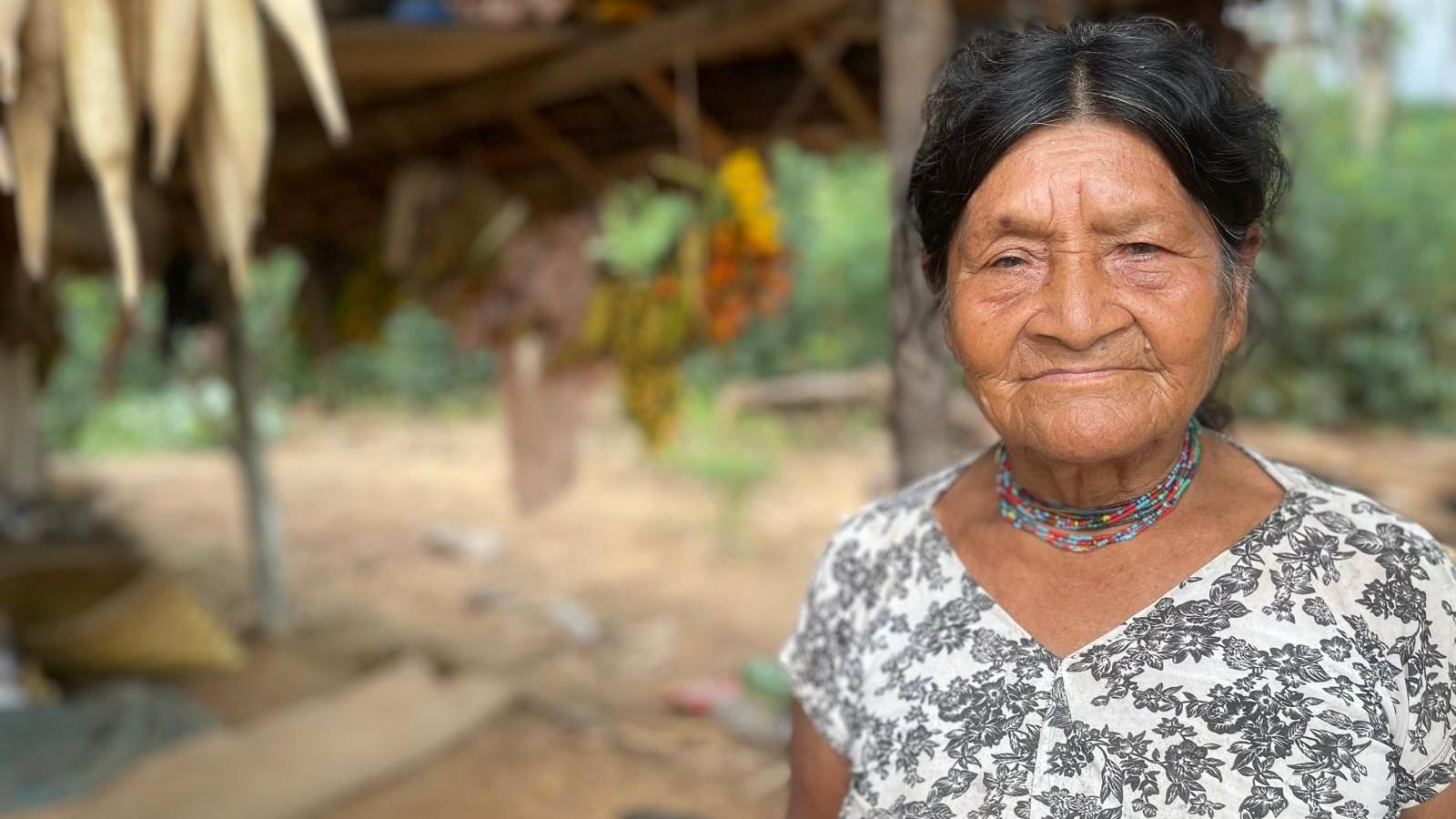
As Martina Canchi Nate waka through Bolivia jungle, red butterflies dey fly around her, we gatz ask her to pause – our team no fit keep up.
Her ID card show say she be 84, but within 10 minutes, she dig up three yucca trees to extract di tubers from di roots, and wit just two strokes of her knife, she cut down one plantain tree.
She hang one big bunch of di fruit for her back, begin waka home from her chaco – di small piece of land wia she dey grow cassava, corn, plantains and rice.
Martina na one of 16,000 Tsimanes (wey dem dey pronounce “chee-may-nay”) – one semi-nomadic indigenous community wey dey live deep inside di Amazon rainforest, 600km north of Bolivia capital, La Paz.
Her vigour no dey unusual for Tsimanes wey dey her age.
- ‘I be 73 years old and like to carry weight’
- How millennial, Gen Z fit avoid aging and cheat old age like Vera Wang – Research
- Vera Wang: Vodka, sleep, oda tins wey dey make dis 70-year-old woman look like 16-year-old girl
Scientists don conclude say di group get di healthiest arteries wey dem don ever study, and say dia brain dey age more slowly dan di one for pipo wey dey live for North America, Europe and elsewhere.
Tsimanes pipo dey rare. Dem be one of di last pipo for di planet to live fully subsistence lifestyle of hunting, foraging and farming.
Di group also dey big enough to provide beta scientific sample, and researchers, wey anthropologist Hillard Kaplan of di University of New Mexico dey lead, don study dem for twenty years.
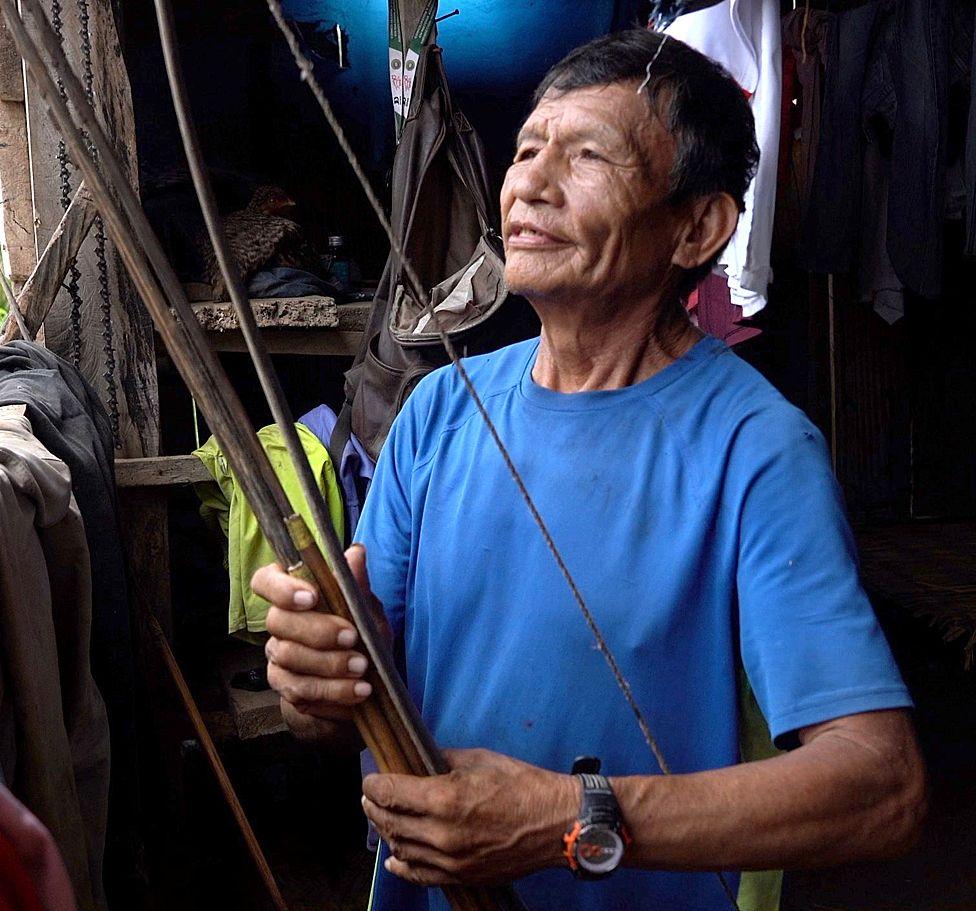
Tsimanes dey always dey active – hunting animals, planting food and weaving roofs.
Dem dey spend less dan 10% of dia daylight hours for activities wey go just make dem sidon for one place, compared to 54% for industrial populations. Average hunt, for example, dey last more dan eight hours and e dey cover 18km (11 miles).
Dem dey live on di Maniqui River, approximately 100km by boat from di nearest town, and dem get very small access to processed foods, alcohol and cigarettes.
Di researchers find out say na only 14% of di calories wey dem dey eat come from fat, compared wit 34% for US.
Dia food dey higher in fibre and 72% of dia calories come from carbohydrates compared wit 52% for US.
Proteins come from animals wey dem hunt, like birds, monkeys, and fish. Wen e come to cooking, traditionally, no frying.
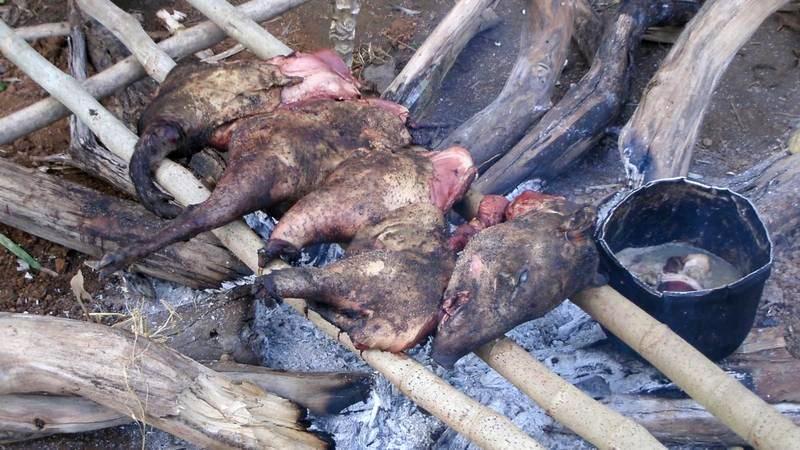
Di initial work of Prof Kaplan and im colleague, Michael Gurven of di University of California, Santa Barbara, bin dey anthropological.
But dem notice say di elderly Tsimanes no show signs of diseases wey dey typical of old age like hypertension, diabetes or heart problems.
Den one study wey dem publish for 2013 catch dia attention.
One team wey American cardiologist Randall C Thompson do, use CT scan to examine 137 mummies from ancient Egypt, Inca and Unangan civilisations.
As human beings dey old, fat, cholesterol and oda substances dey build up wey fit make di arteries to become thick or harden, causing atherosclerosis.
Dem find signs of dis in 47 of di mummies, and dis challenge di assumptions say na modern lifestyles dey cause am.
Di two research teams join forces and do CT scans on 705 Tsimanes wey don pass 40 years, looking for coronary artery calcium (CAC) – wey be sign of clogged up blood vessels and risk of heart attack.
Dia study, wey dem first publish for The Lancet for 2017, show say 65% of Tsimanes pipo wey dey over 75 years no get CAC.
In comparison, most Americans wey dey dat age (80%) get signs of am.
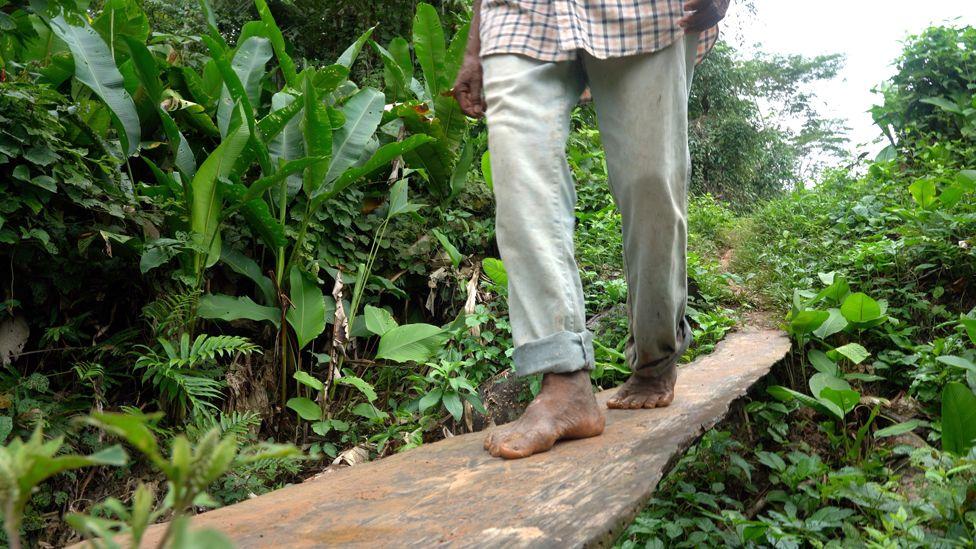
As Kaplan put am: “One 75-year-old Tsimanes arteries dey more like 50-year-old American arteries.”
Di second phase wey dem publish for 2023 for di journal Proceedings of the National Academy of Science, find say elderly Tsimanes show up to 70% less brain atrophy dan pipo of di same age for industrialised kontris like UK, Japan and US.
“We find zero cases of Alzheimer among di entire adult population – e dey remarkable,” Bolivia doctor Daniel Eid Rodríguez, wey be medical co-ordinator for di researchers, tell us.
Working out di ages of di Tsimanes no be exact science, however. Some get difficulty counting, as dem no teach dem numbers well.
Dem tell us say na records of Christian mission for di area dey guide dem or by how long dem don sabi each oda.
Di scientists do calculations based on di ages of di pesin children.
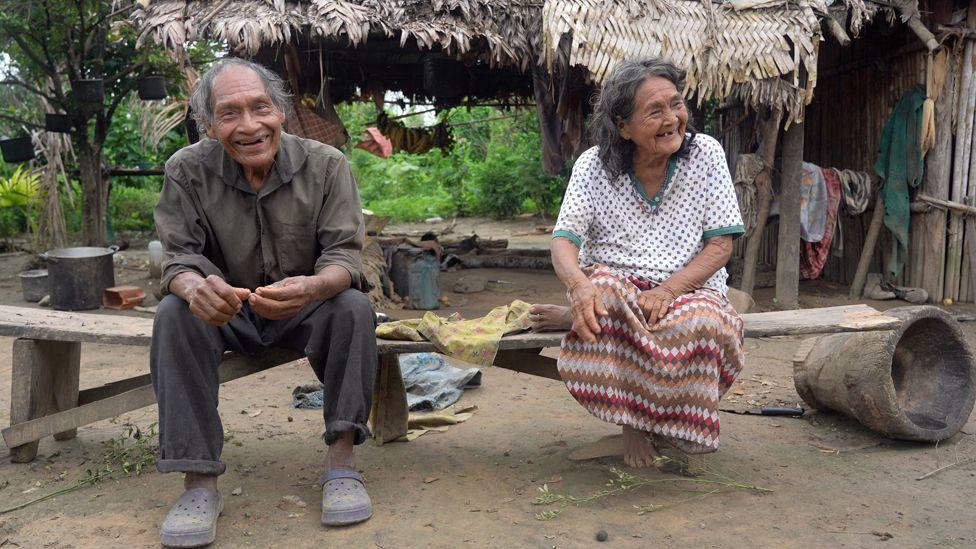
According to dia records, Hilda dey 81, but she say recently her family kill one pig to celebrate her “100 years birthday or somtin like dat”.
Juan, wey say im dey 78, take us out for hunting. Im hair dey dark, im eyes lively and im hands muscular and firm.
We watch as im target one small taitetú – hairy, wild pig – wey manage to sneak away through di plants and escape.
E admit say im no feel im age: “Now di most difficult tin na my body. I no dey waka far any more… na two days at most.”
Martina agree. Dem sabi Tsimane women for weaving roofs from jatata, one plant wey dey grow deep inside di jungle.
To find am, Martina must waka for three hours to reach dia and three hours back, carrying di branches on her back.
“I dey do am once or twice a month, although now e dey harder for me,” she tok.
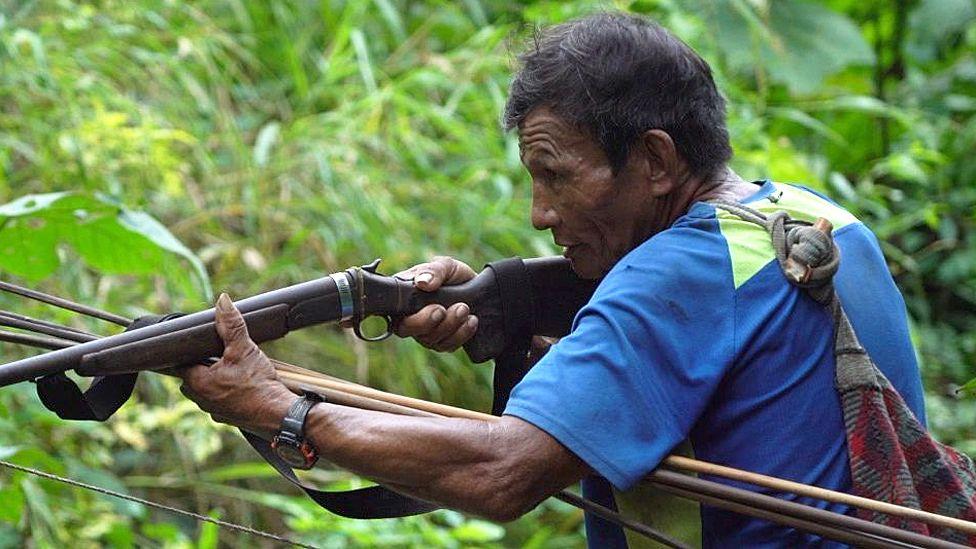
Many Tsimanes never reach old age, though. Wen di study begin, dia average life expectancy na barely 45 years – now e don rise to 50.
For di clinic wia di scan happun, Dr Eid ask di elderly woman about dia families as dem dey prepare to dey examined.
Counting on her fingers, one woman say sadly she bin get six children, of which five die. Anoda say she bin get 12, of which four die – one more say she still get nine children wey dey alive, but anoda three wey die.
“Dis pipo wey reach di age of 80 na di ones wey manage to survive childhood full of diseases and infections,” Dr Eid tok.
Di researchers believe all di Tsimanes fit don experience some kain infection by parasites or worms during dia lifetimes.
Dem also find high levels of pathogens and inflammation, suggesting Tsimanes pipo body dey constantly fight infections.
Na dis one make dem to wonder weda dis early infections fit be anoda factor – in addition to diet and exercise – behind di health of elderly Tsimanes.
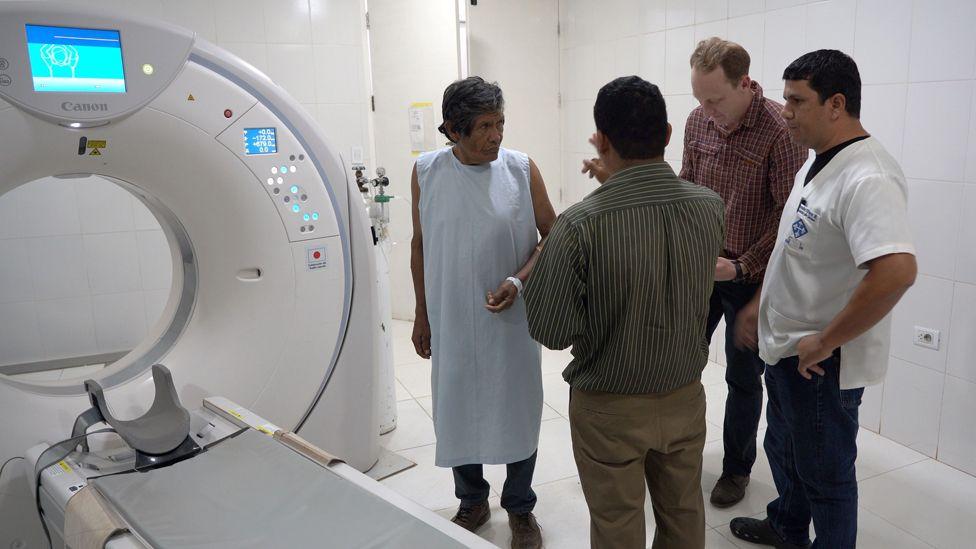
However, di community lifestyle dey change.
Juan say for some months now, im no fit hunt animal wey large enough.
Series of forest fires for end of 2023 destroy nearly two million hectares of jungle and forest.
“Di fire make di animals leave,” im tok.
Now im don begin raise livestock and show us four cows wey im hope go provide protein for di family later dis year.
Dr Eid say di use of boats wey get outboard motor – wey dem sabi as peque-peque – dey also bring change.
E dey make market easier to reach, and dey give di Tsimane access to foods like sugar, flour and oil.
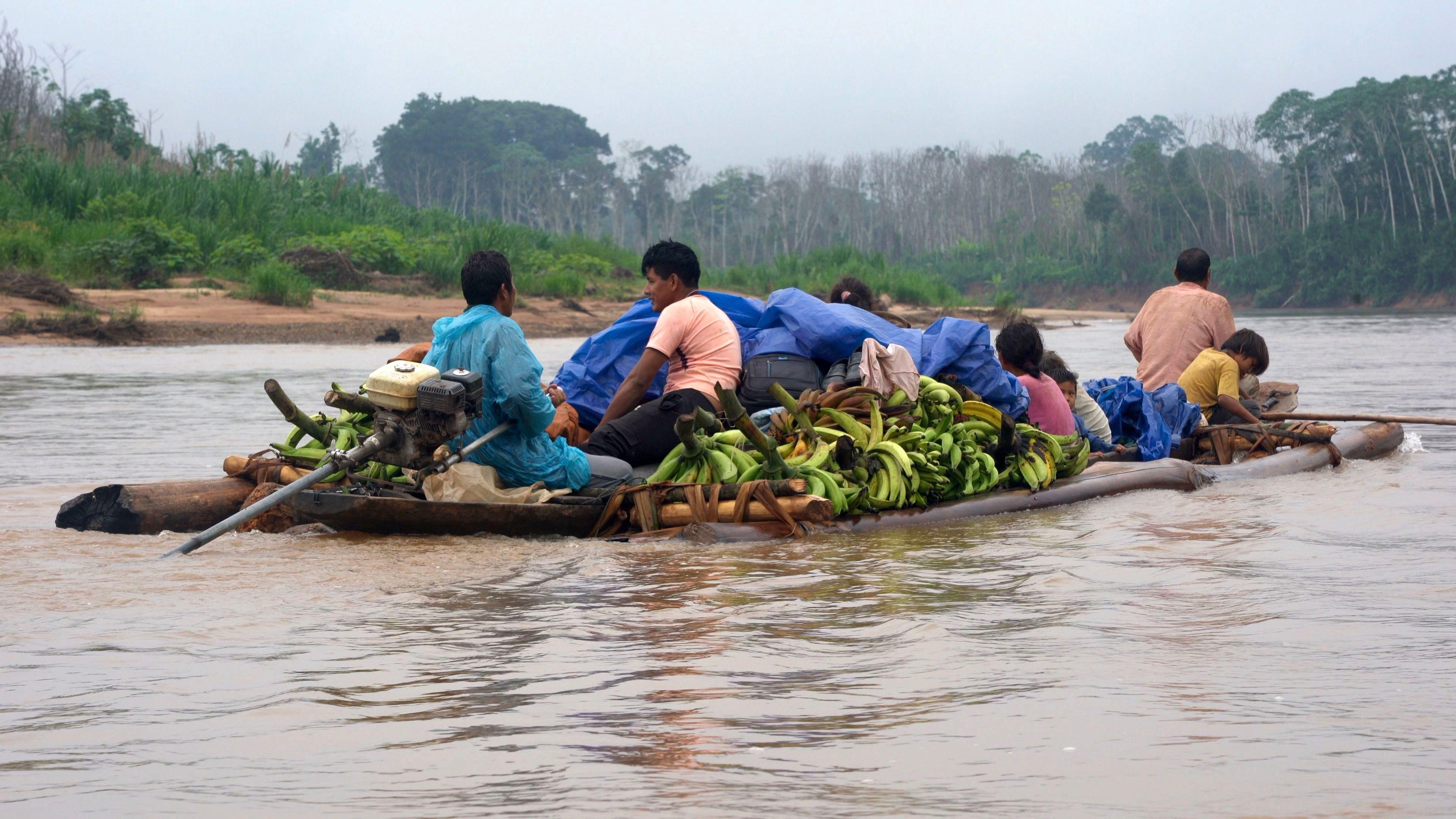
And im point out say e mean say dem dey row di boat less dan bifor – “one of di most demanding physical activities”.
Twenty years ago, dem nearly no get any cases of diabetes – now dem don begin dey appear, and cholesterol levels don also begin to increase among di younger population, di researchers find out.
“Any small change for dia habits dey end up affecting dis health indices,” Dr Eid tok.
And di researchers demsef don get impact over dia 20 years of involvement – arranging better access to healthcare for di Tsimanes, from cataract operations to treatment for broken bones and snake bites.
But for Hilda, old age no be somtin to take too seriously. “I no dey afraid of dying,” she tell us wit laff, “becos dem go bury me and I go stay dia… very still”.










